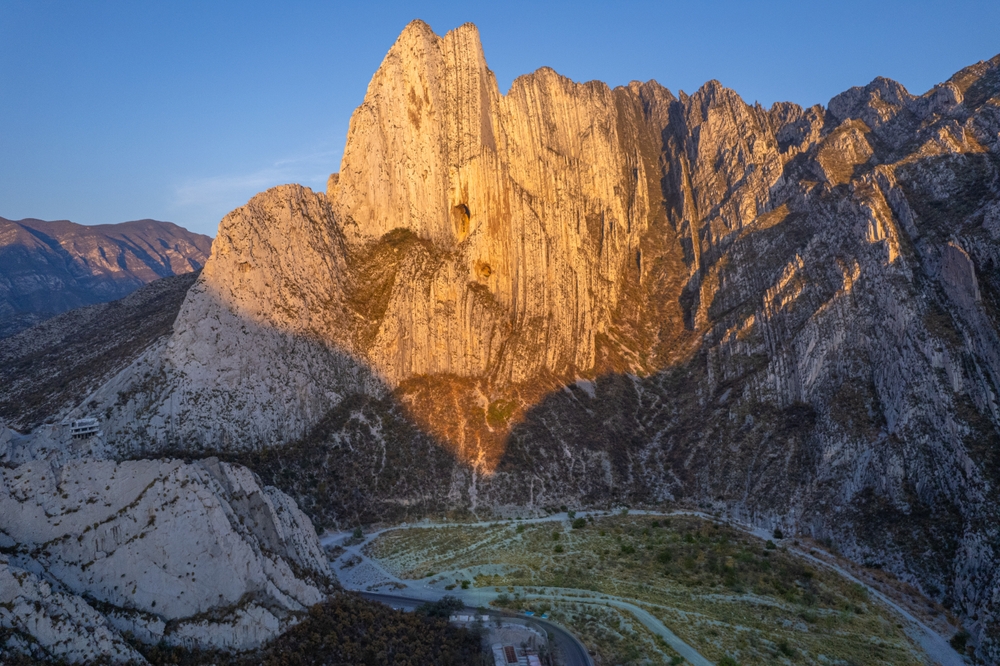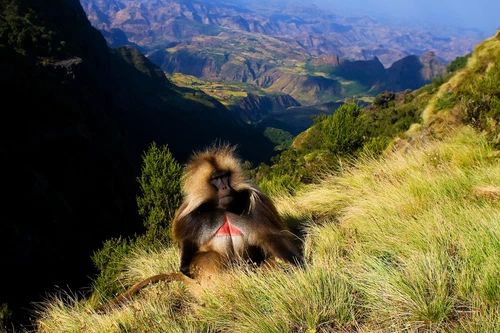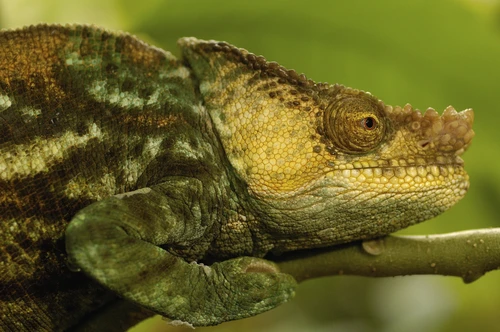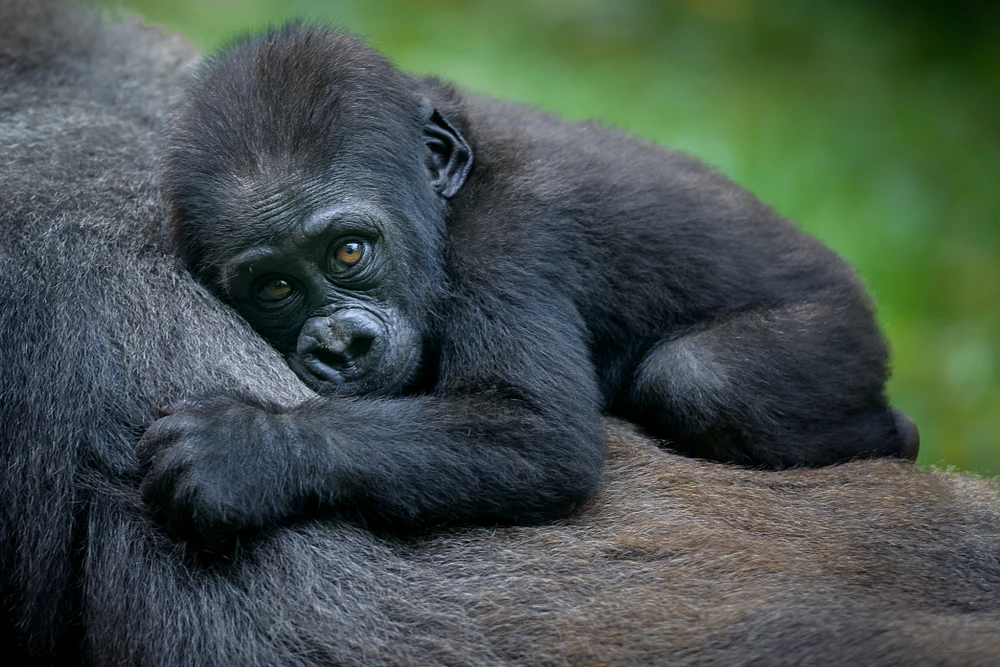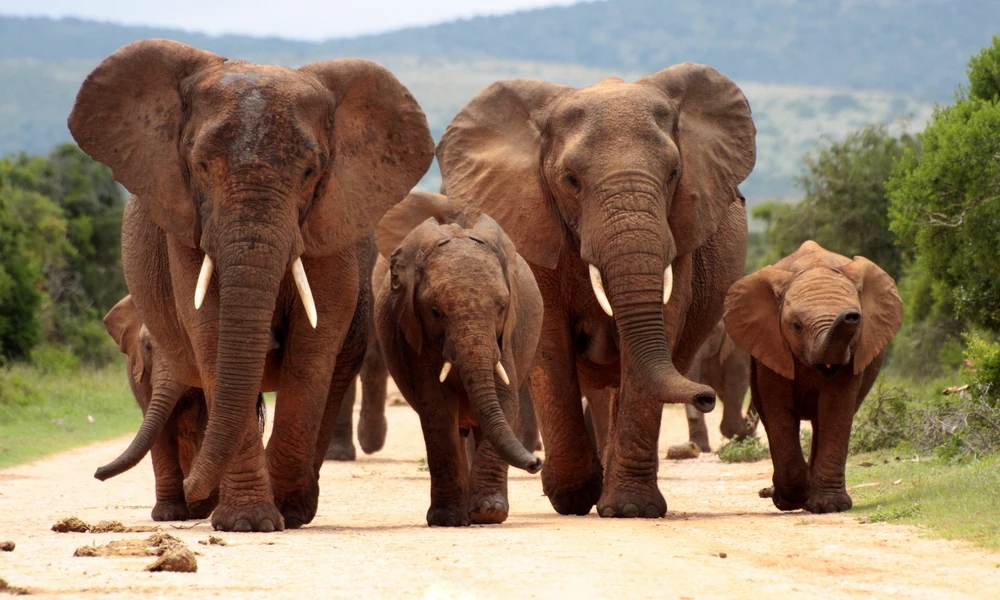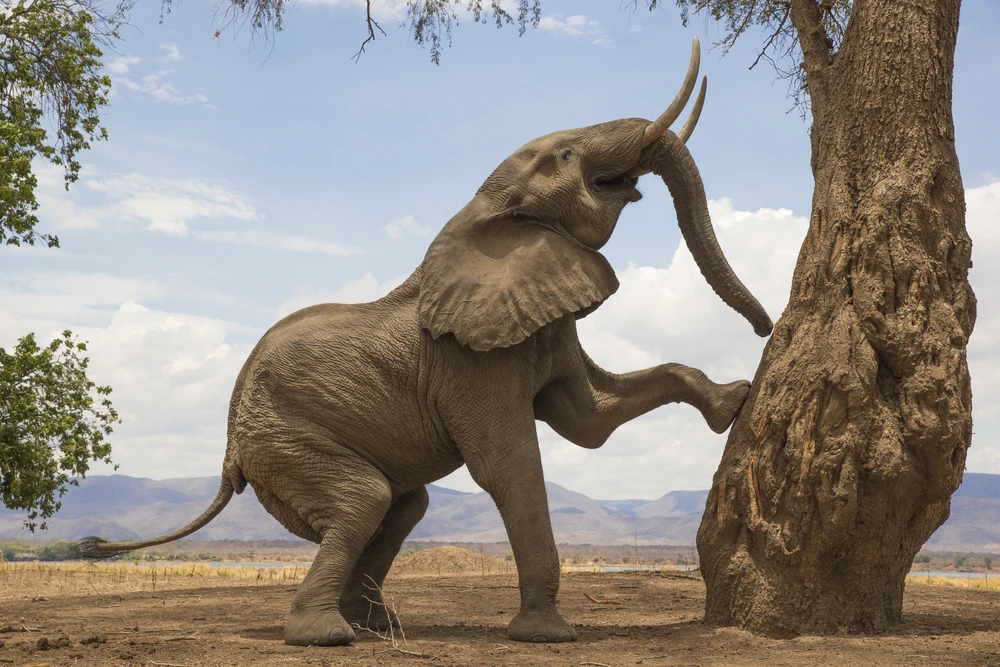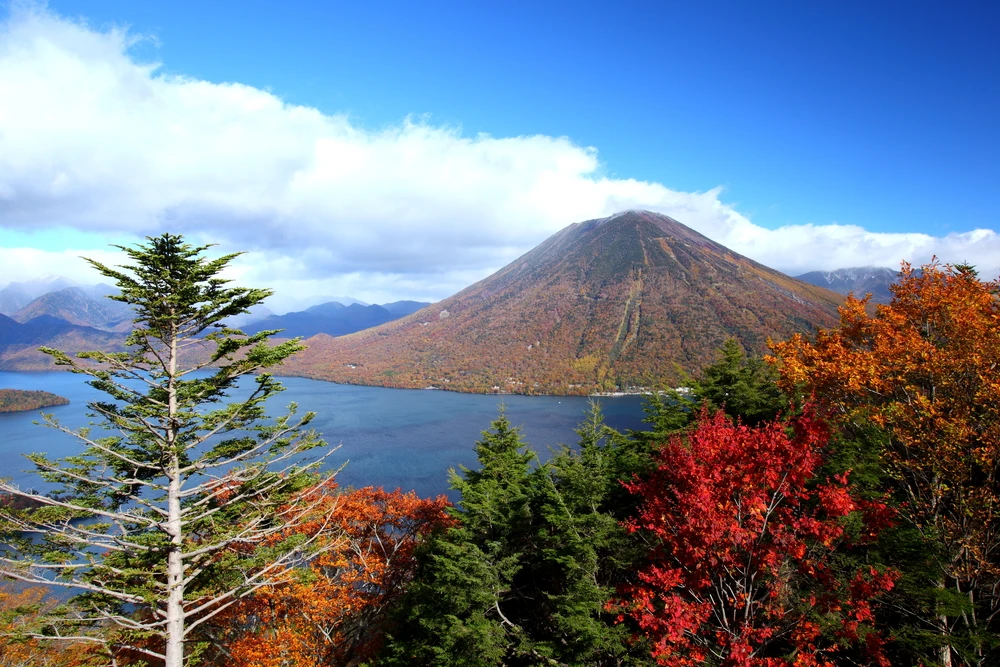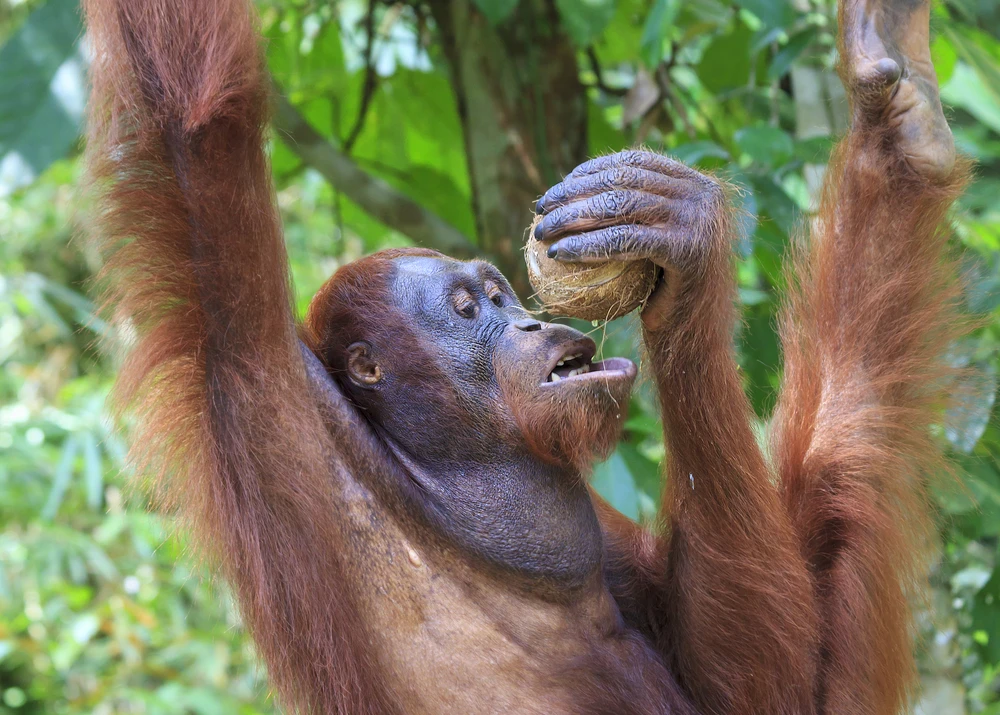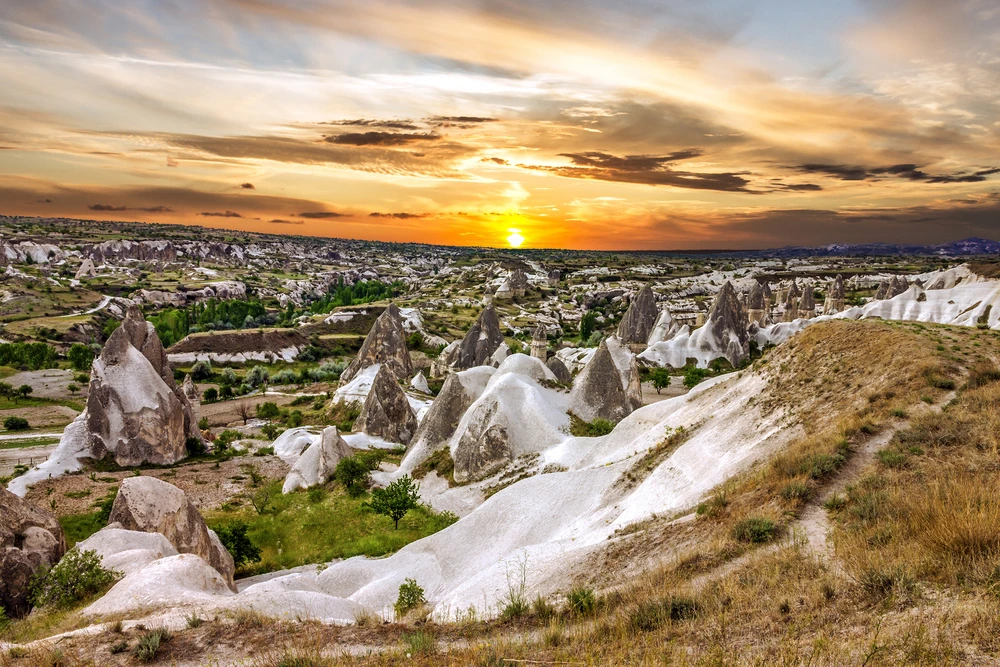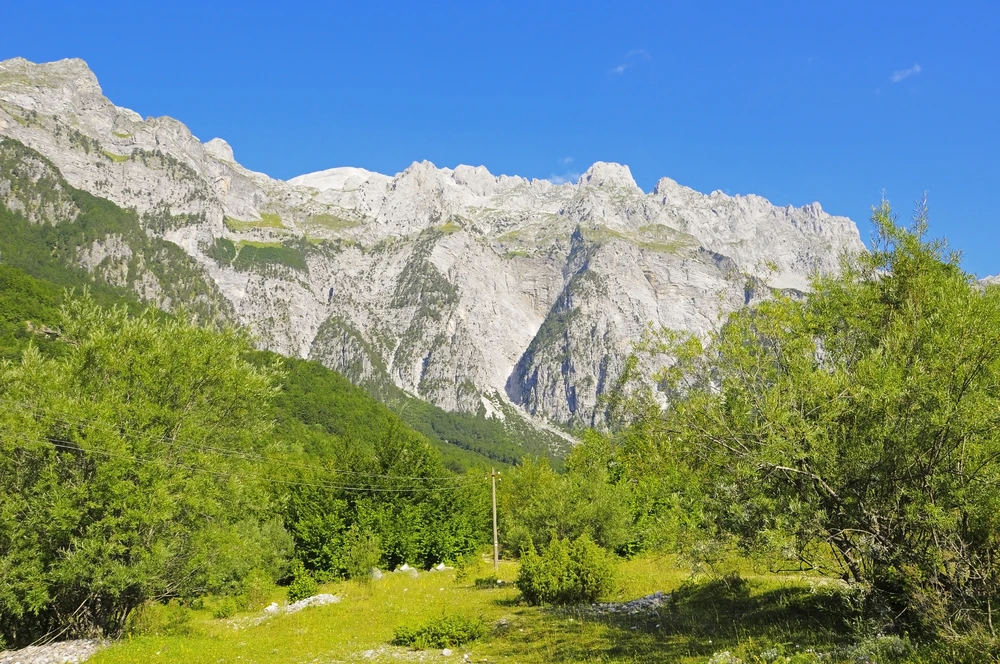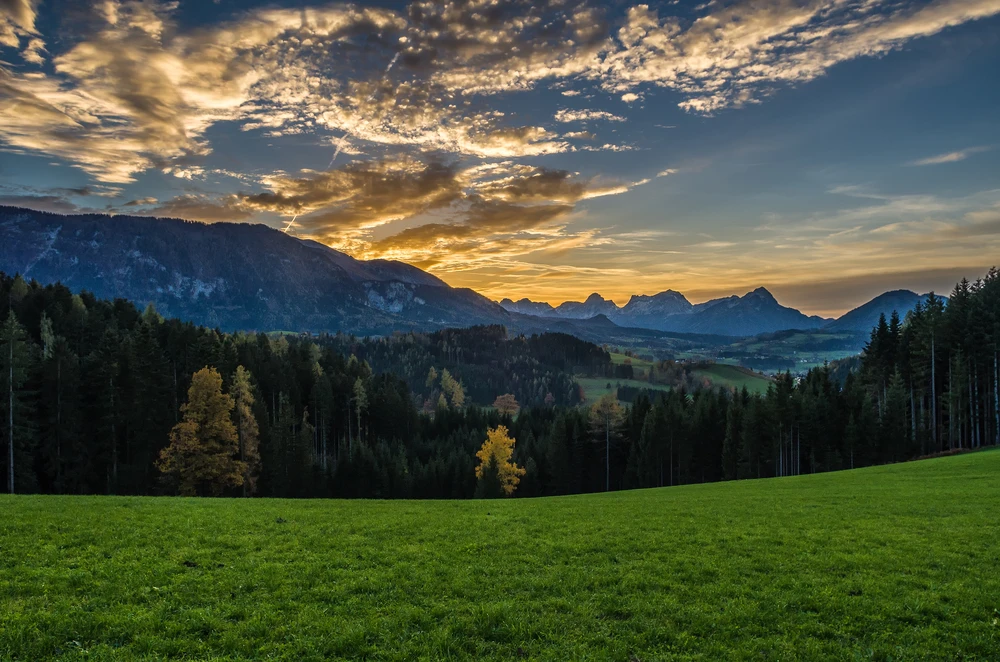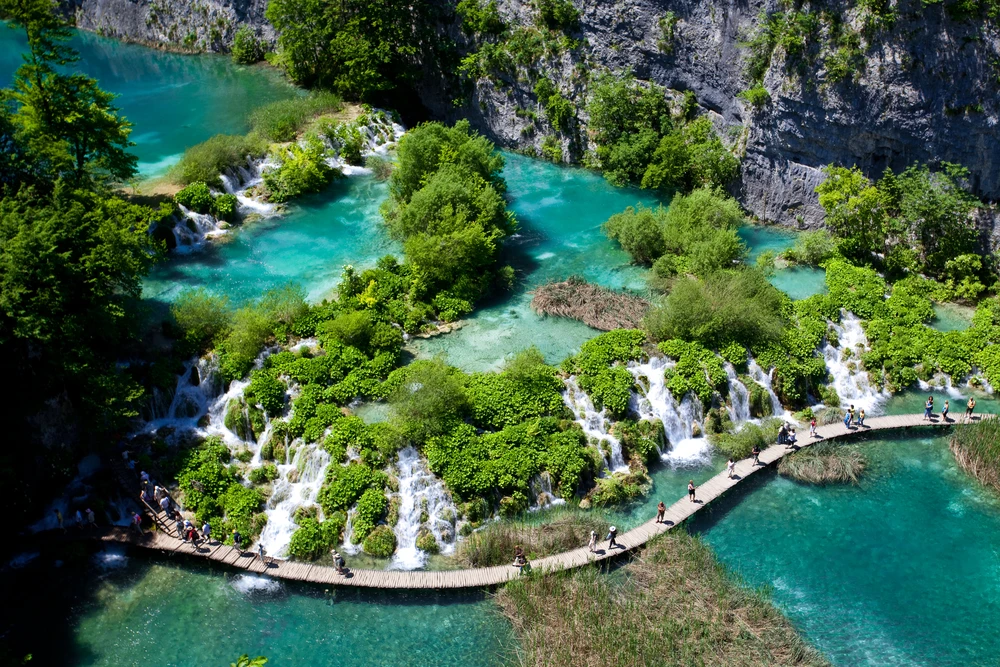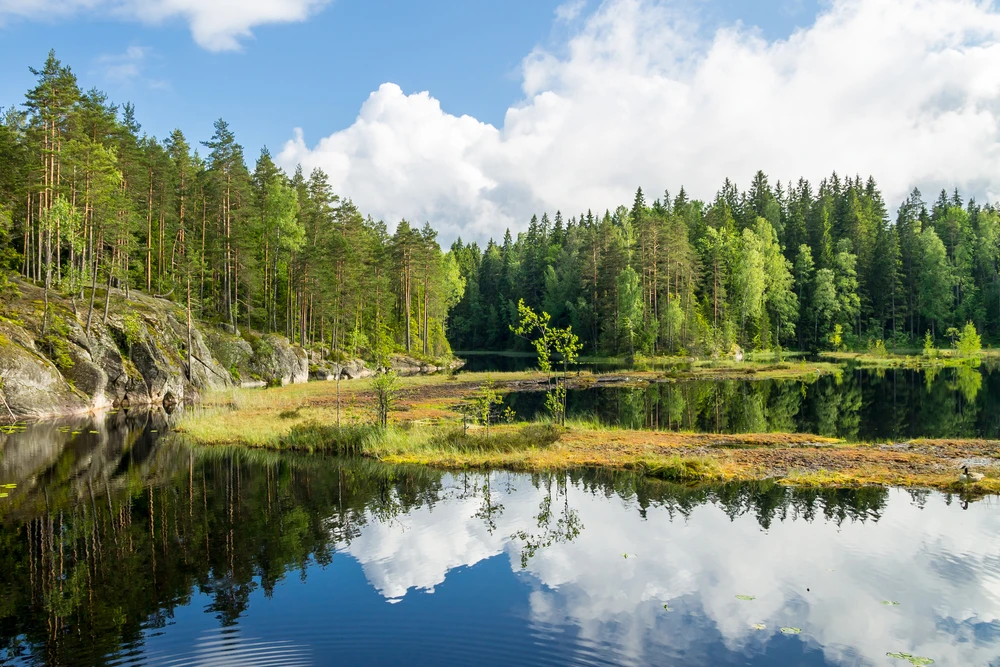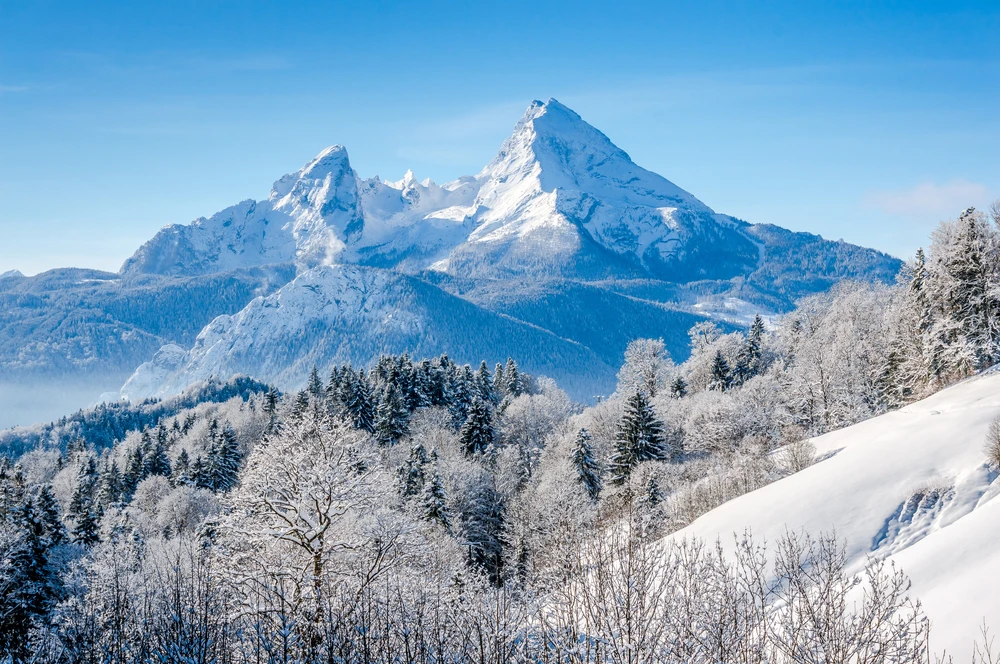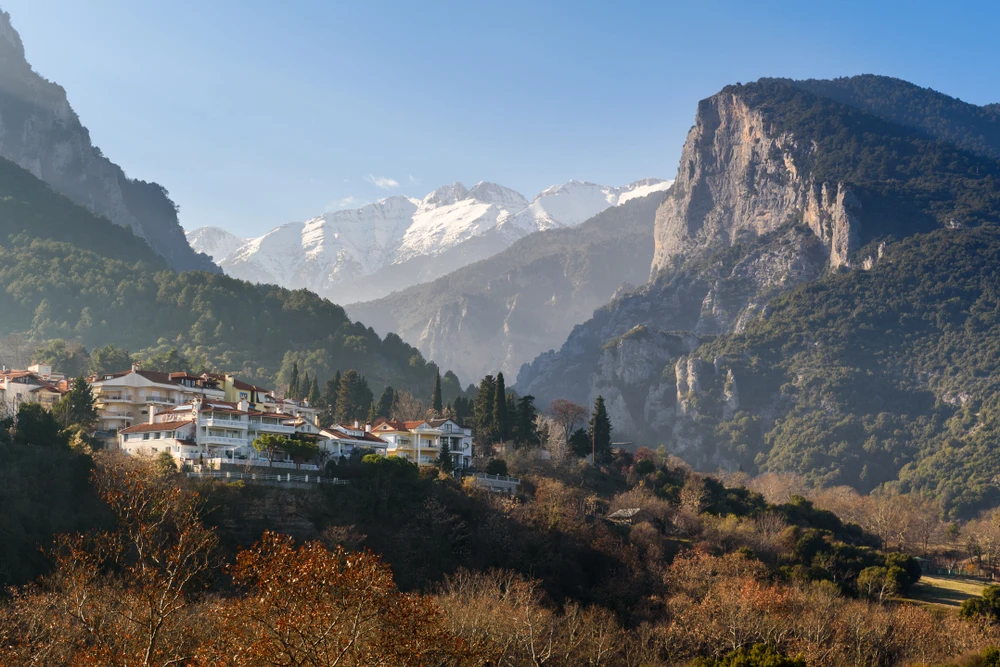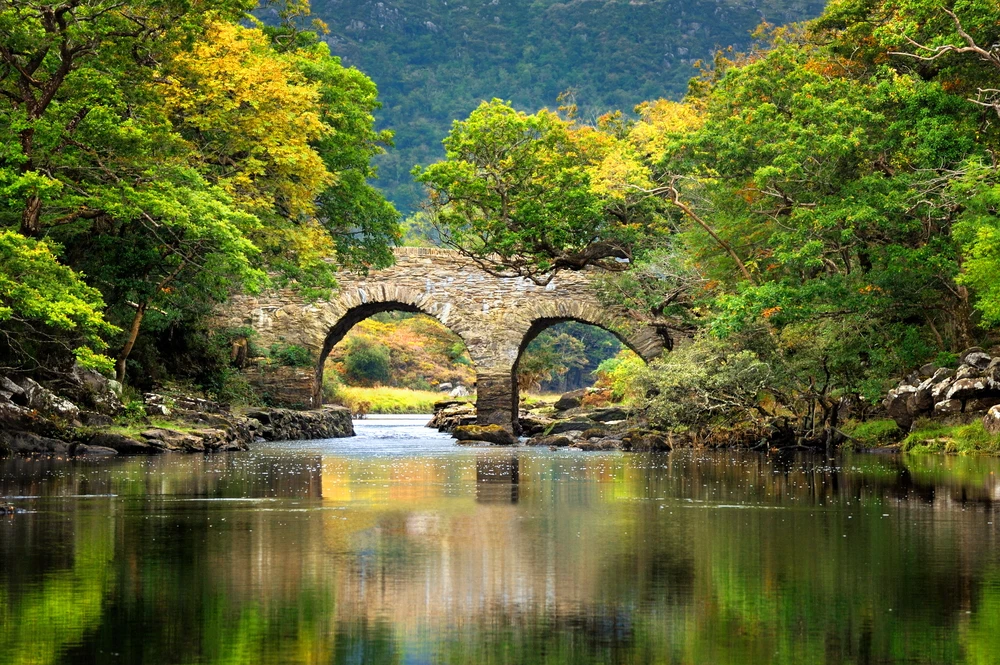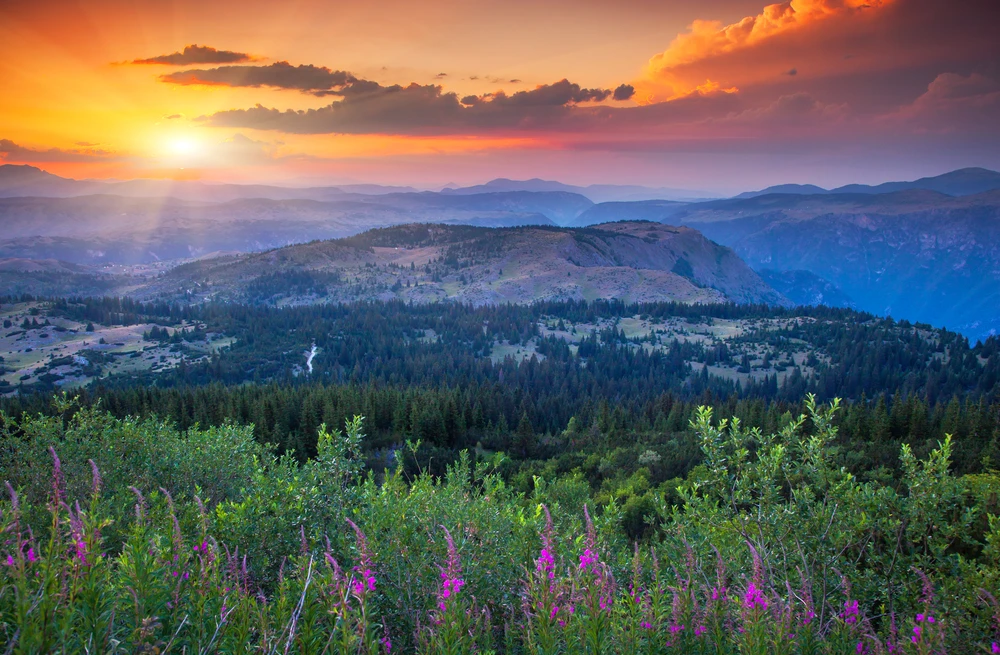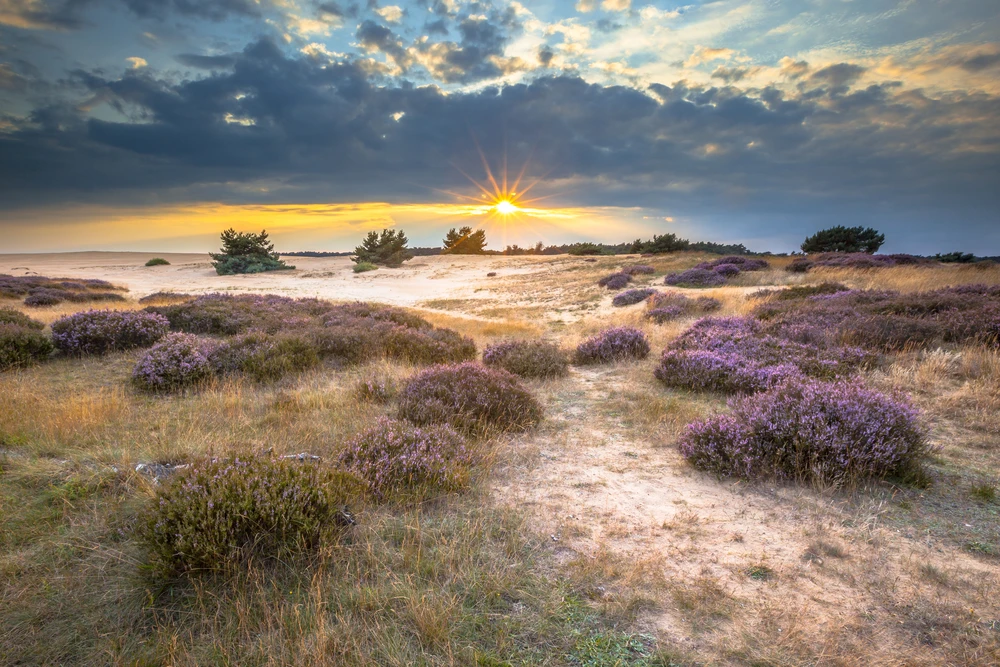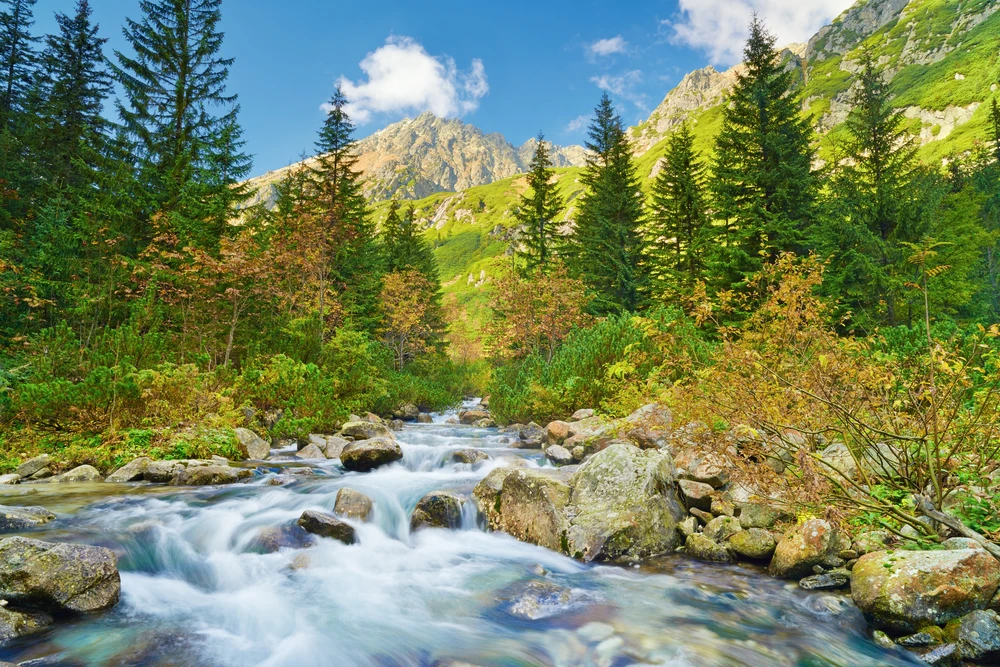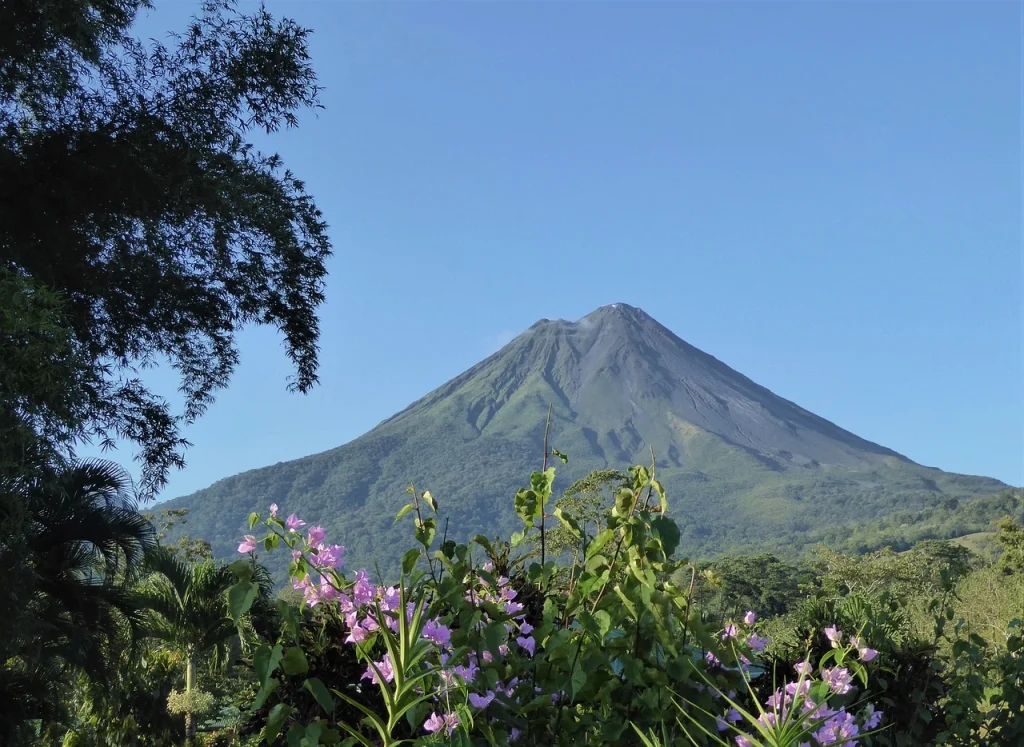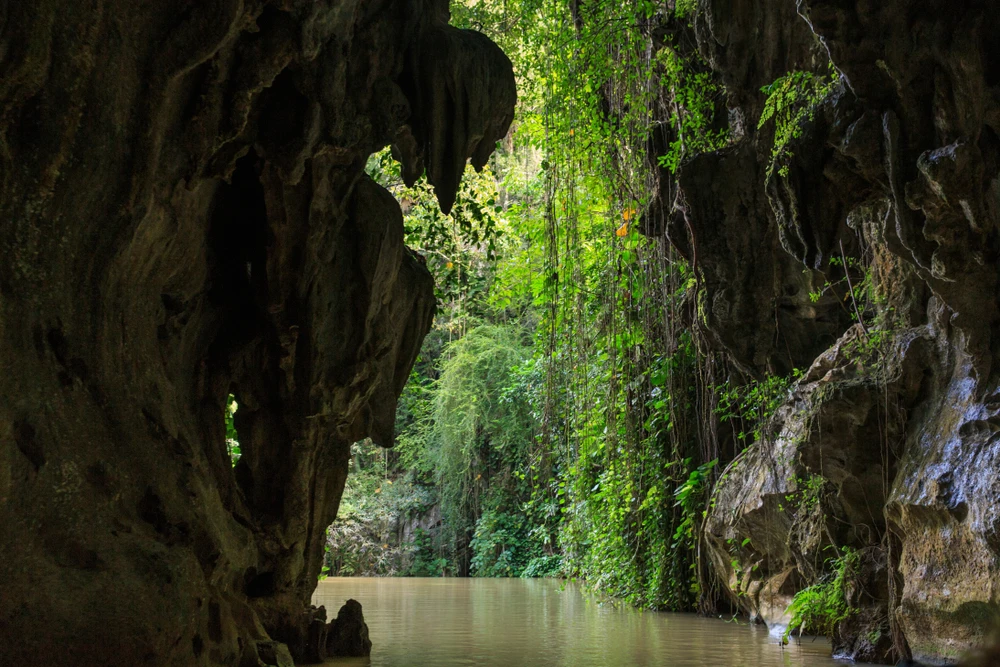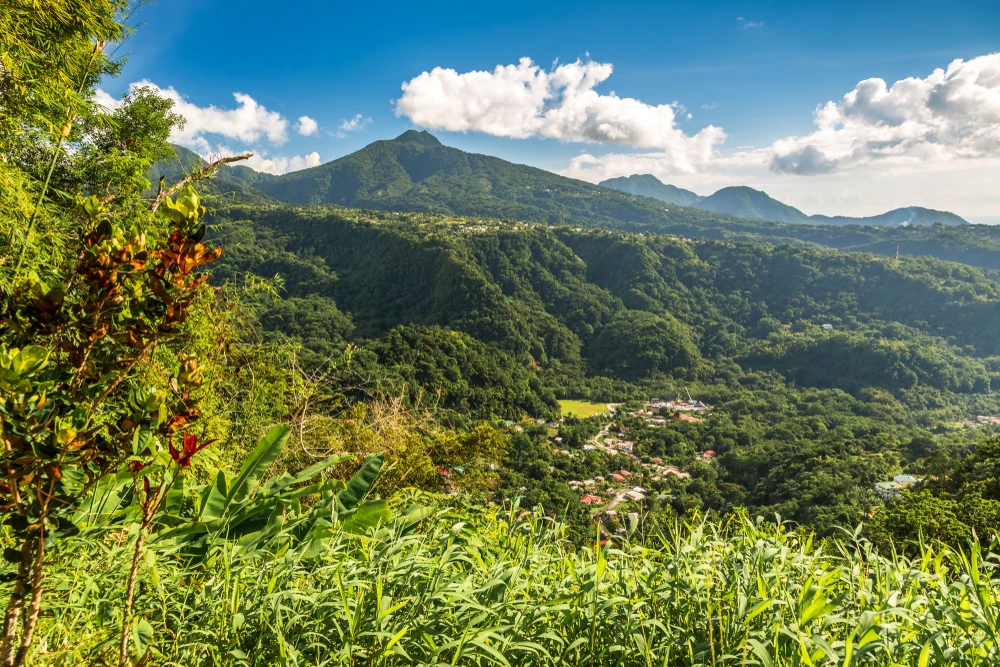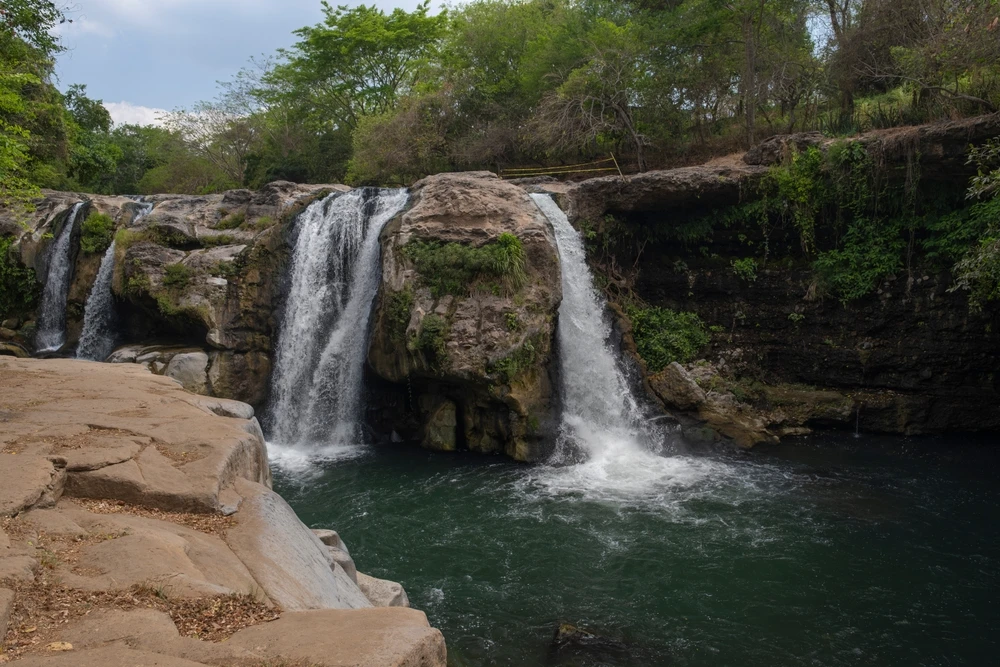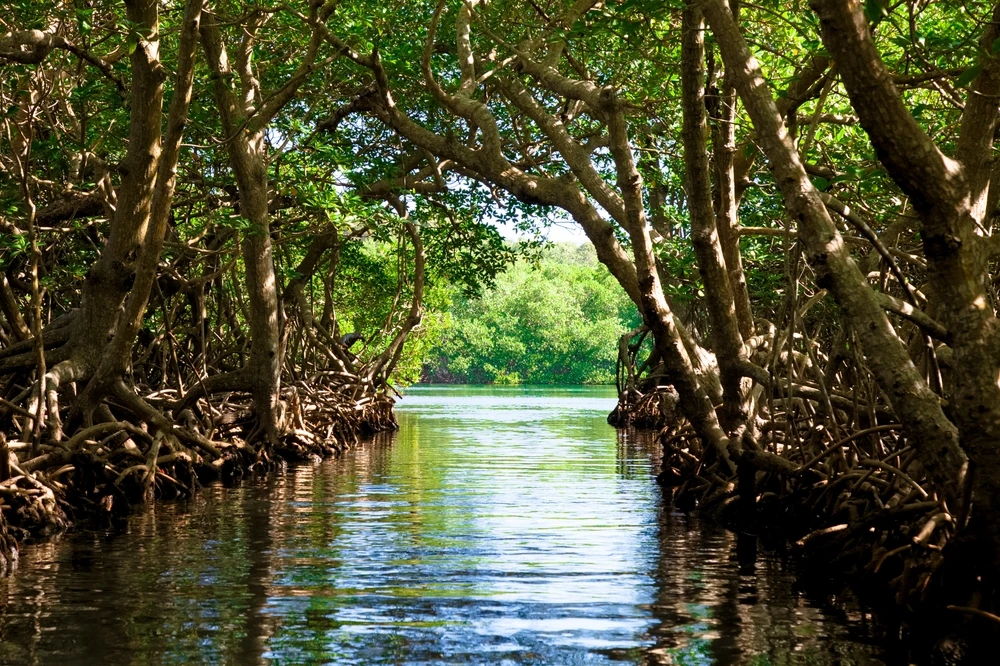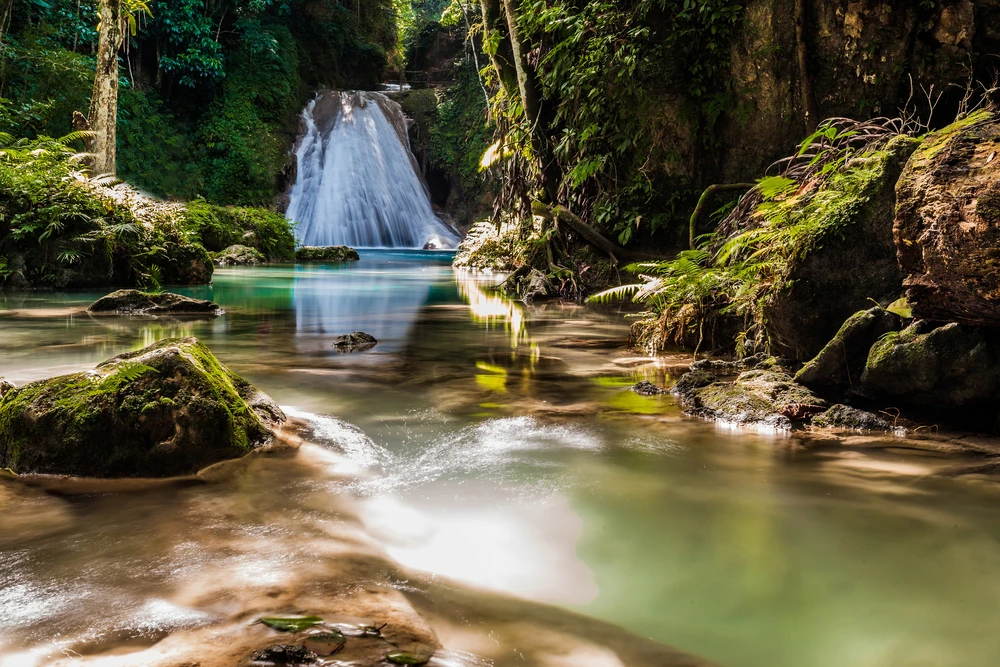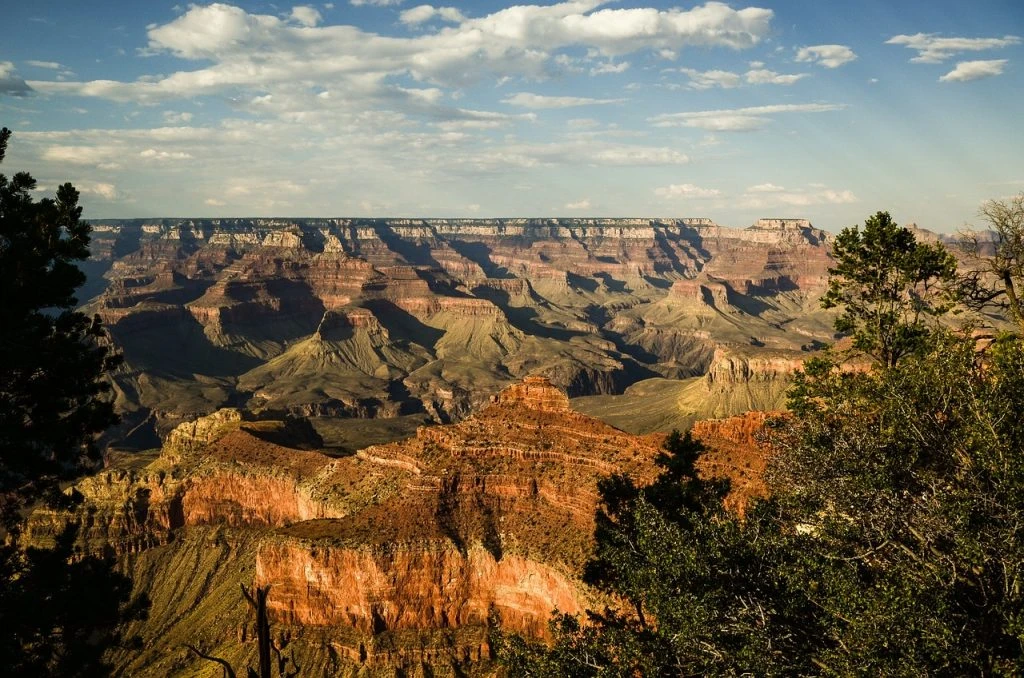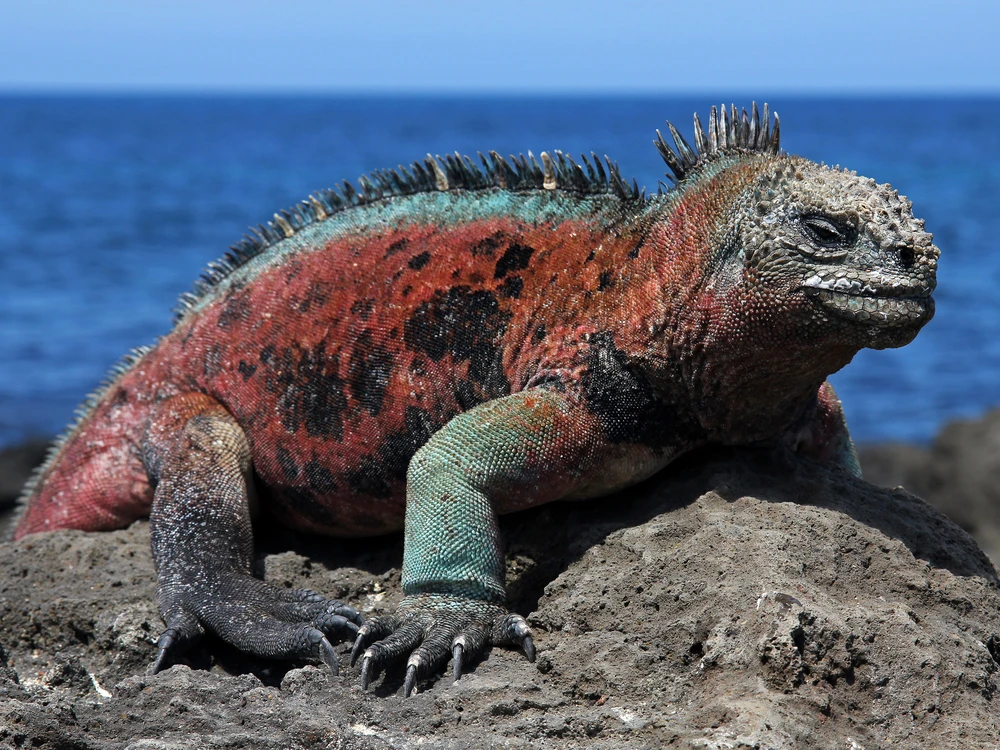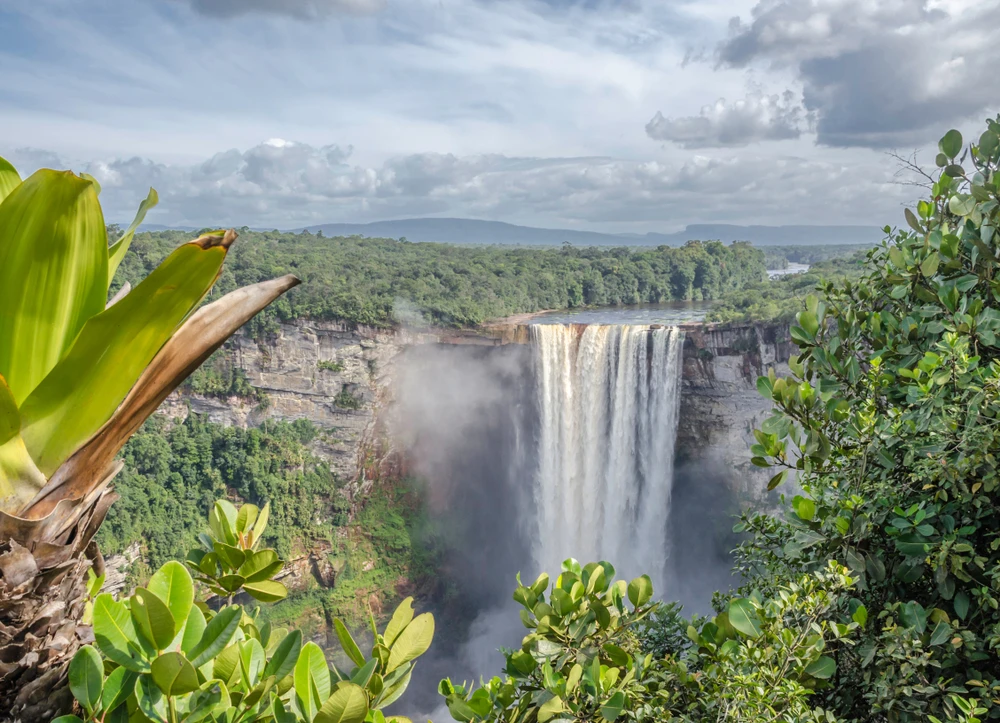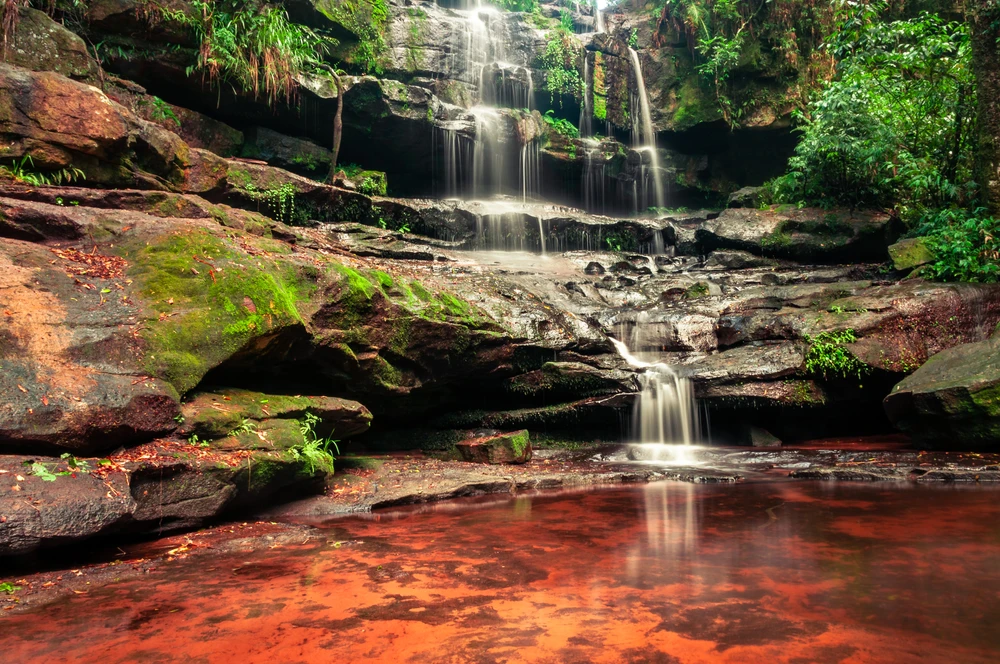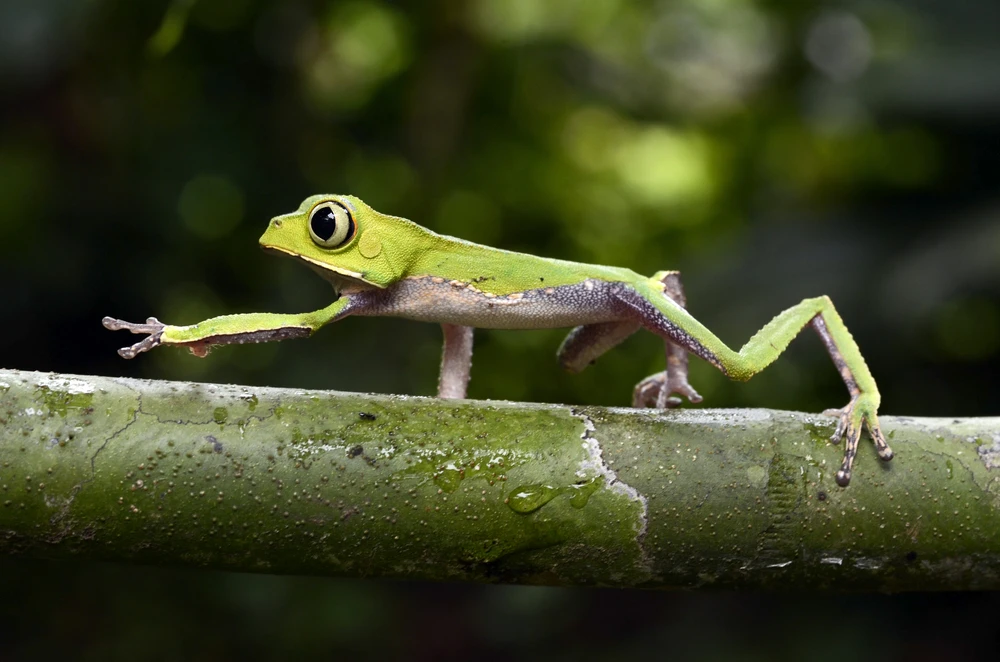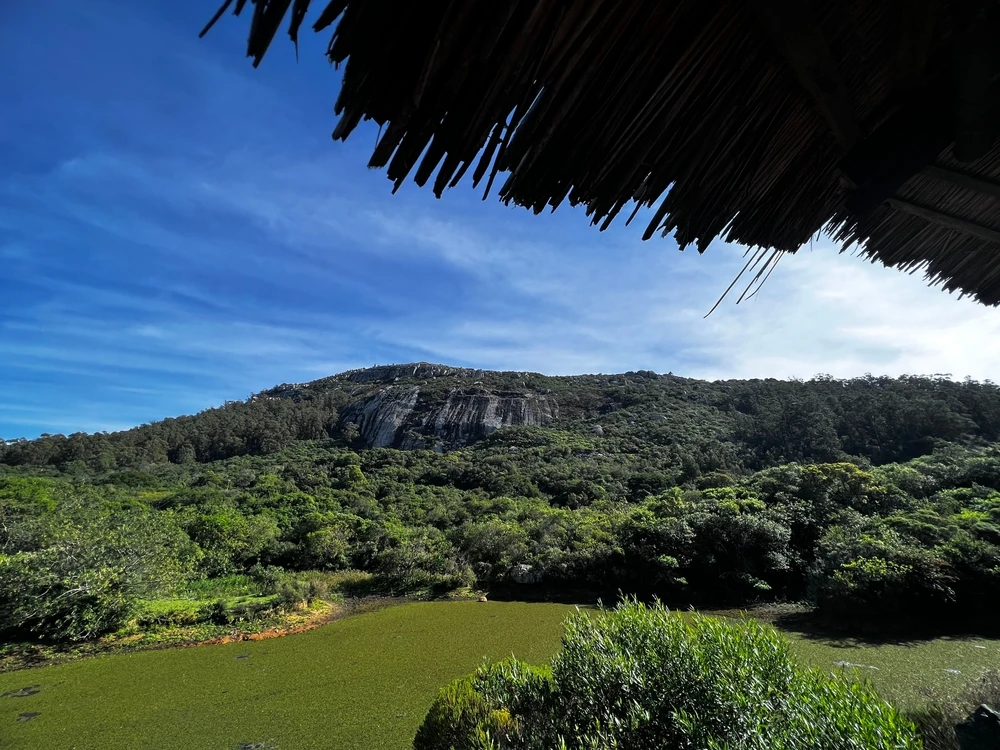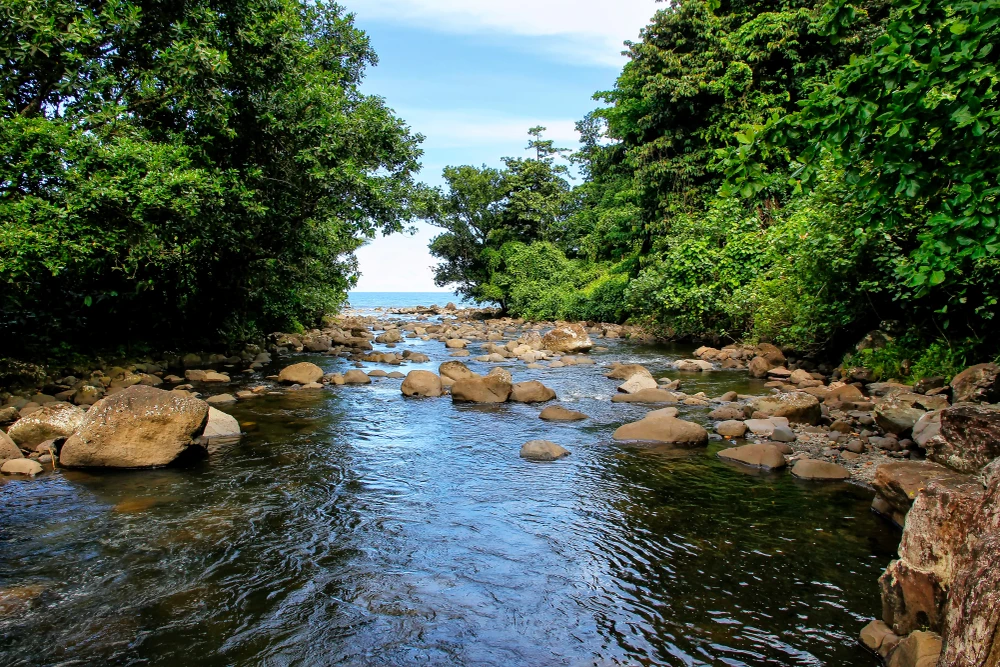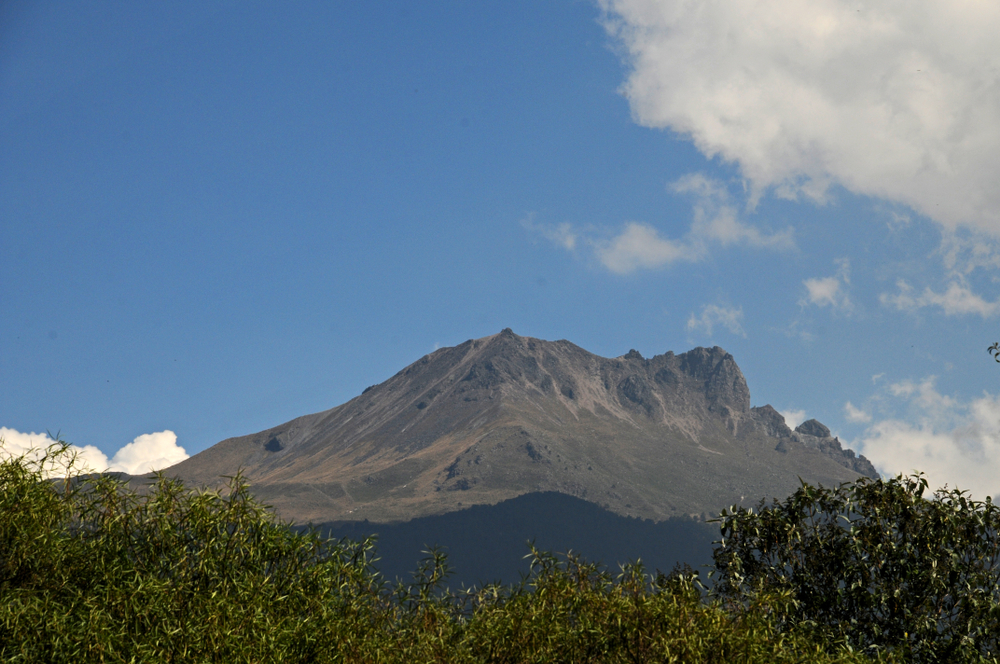La Malinche Overview
La Malinche National Park, known locally as Parque Nacional La Malinche, is located in central Mexico, spanning the states of Tlaxcala and Puebla.
Covering approximately 178 square miles (462 square kilometers), the park is named after La Malinche volcano, also called Matlalcueitl, which reaches an impressive elevation of 14,636 feet (4,461 meters). The park is dominated by the volcano’s slopes, creating a rugged terrain of deep ravines, pine-oak forests, and alpine meadows.
The landscape changes with elevation, transitioning from mixed forests at lower levels to a more sparse, high-altitude ecosystem near the summit. The region’s flora includes sacred firs, Montezuma pines, and a variety of shrubs and wildflowers that add color to the park’s scenic beauty.
The park is home to a diverse range of wildlife, making it an attractive destination for nature enthusiasts. Among the most notable mammals found here are white-tailed deer, bobcats, coyotes, and rabbits, as well as smaller mammals like squirrels and skunks.
The avian population is particularly vibrant, with species such as red-tailed hawks, golden eagles, and the strikingly colorful acorn woodpecker frequently seen throughout the park. Reptiles and amphibians, including rattlesnakes and salamanders, also inhabit the diverse ecosystems within the park. The combination of mountainous terrain and abundant forests provides an ideal environment for these species to thrive.
One of the park’s most popular features is the challenging hike up La Malinche volcano. As one of Mexico’s highest peaks, it is a favorite among mountaineers and outdoor adventurers looking for a demanding yet rewarding trek. The ascent takes visitors through various ecosystems, with panoramic views of nearby volcanoes such as Popocatépetl, Iztaccíhuatl, and Pico de Orizaba from the summit.
The park is also a favored spot for camping, mountain biking, and birdwatching, offering various ways for visitors to engage with nature. In addition to outdoor recreation, the park holds cultural significance, as La Malinche was an important figure in Mexican history. Her association with the region adds historical depth to the natural beauty of the park.
Conservation efforts in La Malinche National Park have faced challenges, particularly due to deforestation, soil erosion, and illegal logging. The pressure of tourism and nearby urban expansion has also impacted the region’s ecosystems.
However, reforestation programs and sustainable tourism initiatives have helped mitigate some of these threats. The park’s management continues to focus on balancing conservation with public access, aiming to protect the natural environment while allowing visitors to appreciate its beauty. These ongoing efforts help maintain the park as a vital refuge for Mexico’s diverse flora and fauna, ensuring its ecological health for future generations.
Park Map
La Malinche National Park Highlights
Share your clicks with us
Related National Parks More Mexico
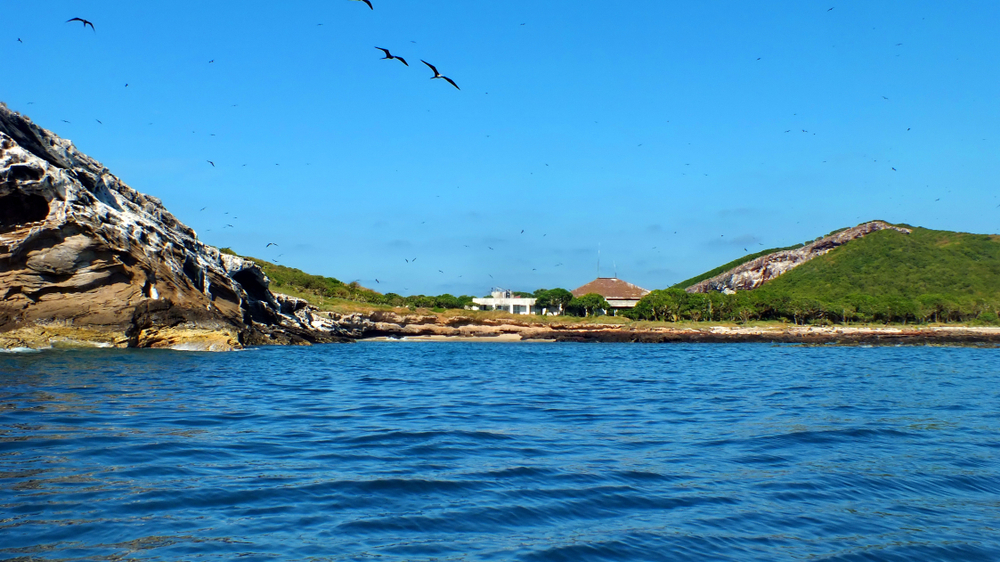
Isla Isabel National Park
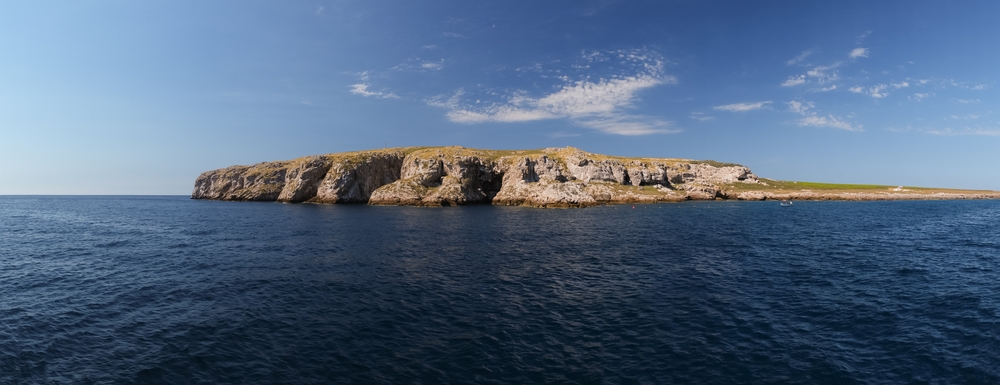
Isla Marietas National Park
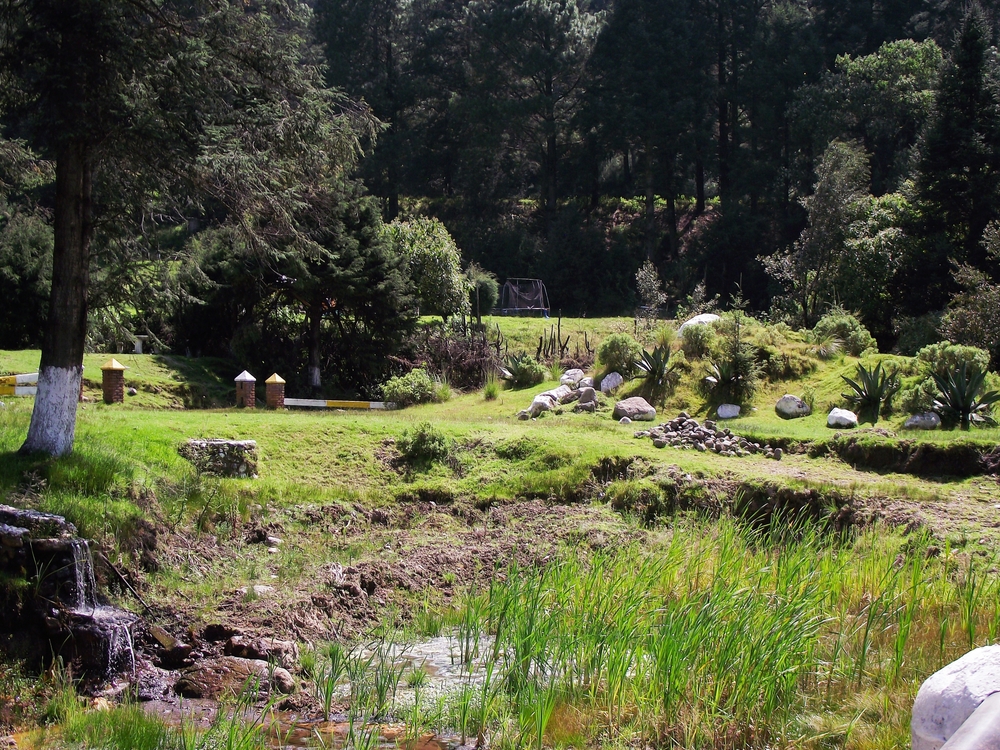
Insurgente Miguel Hidalgo y Costilla National Park

Insurgente Jose Maria Morelos Y Pavon National Park
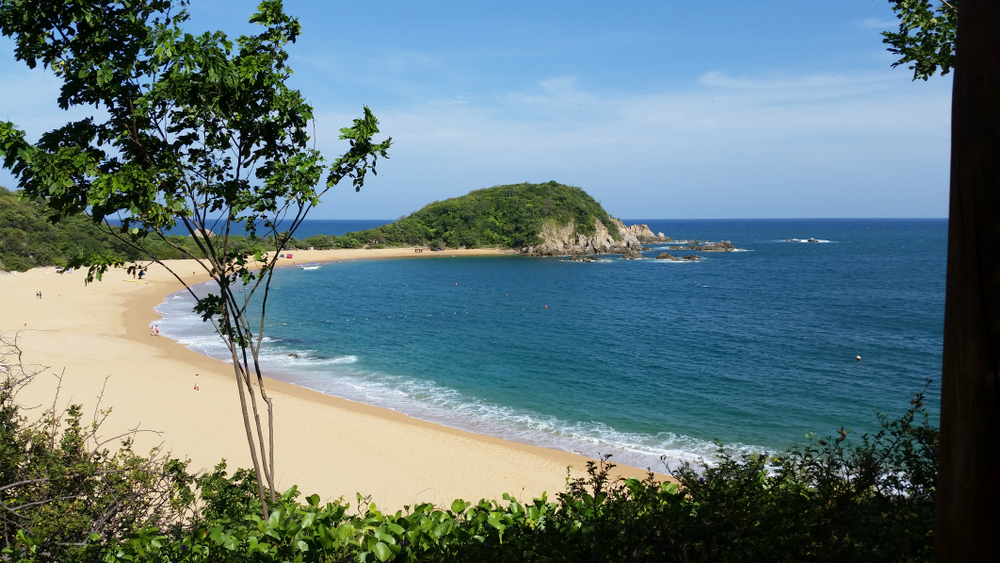
Huatulco National Park
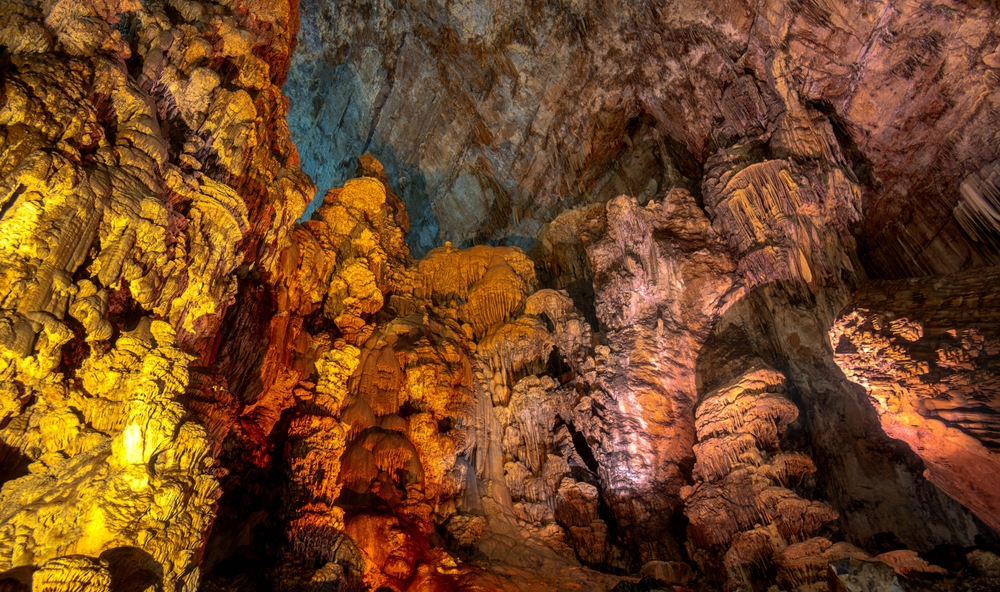
Grutas de Cacahuamilpa National Park

General Juan N. Alvarez National Park

El Tepeyac National Park
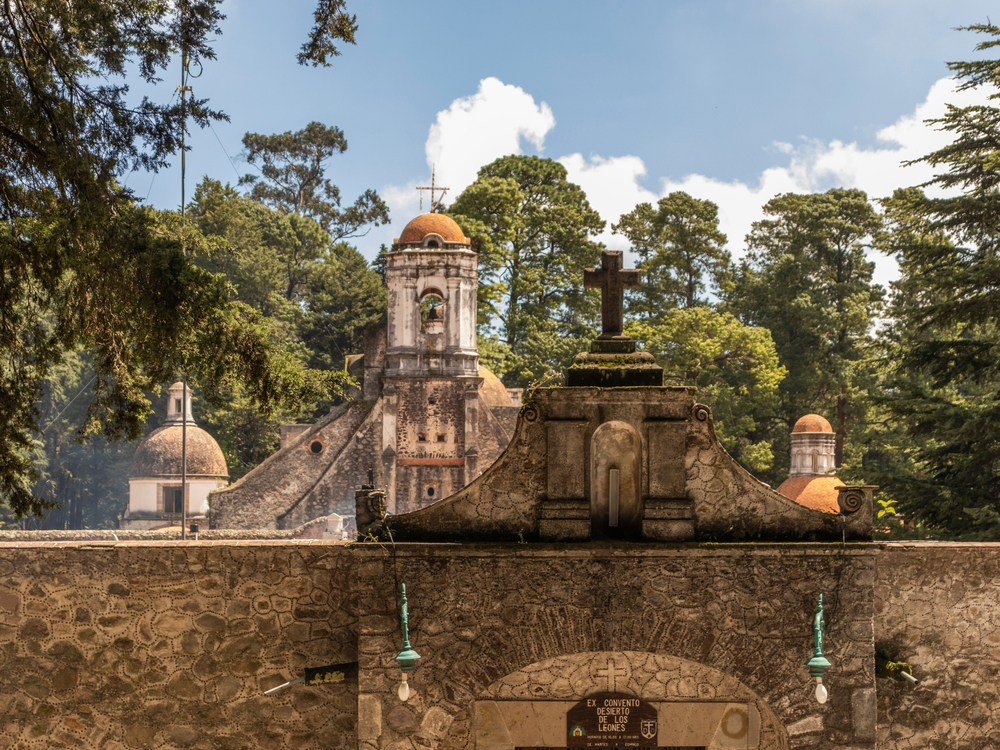
Desierto de los Leones National Park
